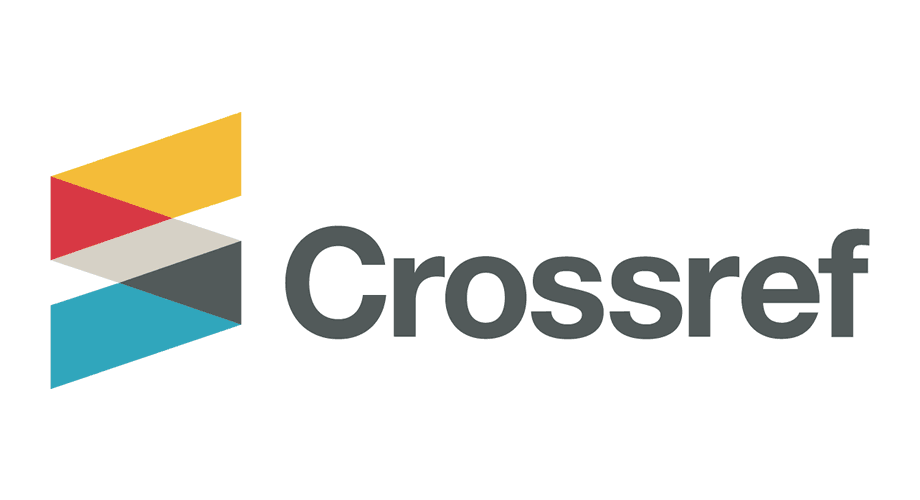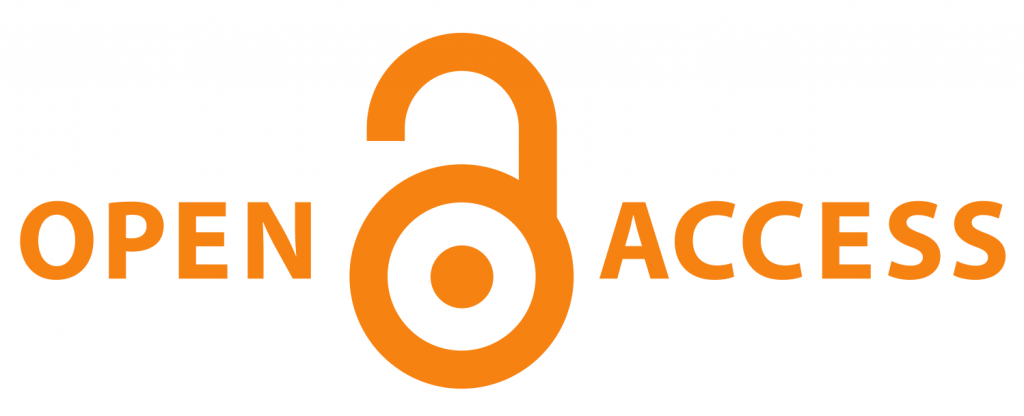Stress: A Burning Issue of Today’s Era - An Integrative Review with Ayurvedic Insight
DOI:
https://doi.org/10.21760/jaims.10.8.27Keywords:
Stress, mental health, occupational stress, youth stress, stress management, Ayurveda, public healthAbstract
Stress has emerged as a global public health concern, affecting individuals across age groups and professions. It contributes significantly to physical, emotional, and behavioral disorders. This article explores the multifaceted nature of stress, including its etiology, physiological mechanisms, impacts across different life domains, and current evidence-based management strategies. Emphasis is placed on the urgent need for comprehensive and integrative approaches to mitigate stress and its cascading effects, including insights from Ayurveda.
Downloads
References
World Health Organization. Mental health: strengthening our response [Internet]. Geneva: WHO; 2022 [cited YYYY MMM DD]. Available from: https://www.who.int/news-room/fact-sheets/detail/mental-health-strengthening-our-response
Lazarus RS, Folkman S. Stress, appraisal, and coping. New York: Springer Publishing Company; 1984.
Deb S, Strodl E, Sun J. Academic stress, parental pressure, anxiety and mental health among Indian high school students. Int J Psychol Behav Sci. 2015;5(1):26–34.
Pfefferbaum B, North CS. Mental health and the COVID-19 pandemic. N Engl J Med. 2020;383(6):510–2.
McEwen BS. Protective and damaging effects of stress mediators. N Engl J Med. 1998;338(3):171–9.
Schneiderman N, Ironson G, Siegel SD. Stress and health: psychological, behavioral, and biological determinants. Annu Rev Clin Psychol. 2005;1:607–28.
Cohen S, Janicki-Deverts D, Miller GE. Psychological stress and disease. JAMA. 2007;298(14):1685–7.
Sinha R. Chronic stress, drug use, and vulnerability to addiction. Ann N Y Acad Sci. 2008;1141:105–30.
Karasek RA. Job demands, job decision latitude, and mental strain: implications for job redesign. Adm Sci Q. 1979;24(2):285–308.
World Health Organization. Burn-out an "occupational phenomenon": International Classification of Diseases [Internet]. Geneva: WHO; 2019 [cited YYYY MMM DD]. Available from: https://www.who.int/news/item/28-05-2019-burn-out-an-occupational-phenomenon-international-classification-of-diseases
Romeo RD. The teenage brain: The stress response and the adolescent brain. Curr Dir Psychol Sci. 2013;22(2):140–5.
American Psychological Association. Stress in America: The State of Our Nation [Internet]. Washington (DC): APA; 2017 [cited YYYY MMM DD]. Available from: https://www.apa.org/news/press/releases/stress/2017/state-nation.pdf
Sharma RK, Dash B, translators. Charaka Samhita. Vols. 1–3. Varanasi: Chowkhamba Sanskrit Series Office; 2012.
Hofmann SG, Asnaani A, Vonk IJ, Sawyer AT, Fang A. The efficacy of cognitive behavioral therapy: A review of meta-analyses. Cognit Ther Res. 2012;36:427–40.
Chiesa A, Serretti A. Mindfulness-based stress reduction for stress management in healthy people: A review and meta-analysis. J Altern Complement Med. 2009;15(5):593–600.
Patwardhan B, Warude D, Pushpangadan P, Bhatt N. Ayurveda and traditional Chinese medicine: a comparative overview. Evid Based Complement Alternat Med. 2005;2(4):465–73.
Sharma H, Chandola HM, Singh G, Basisht G. Utilization of Ayurveda in health care: An approach for prevention, health promotion, and treatment of disease. Part 1—Ayurveda, the science of life. J Altern Complement Med. 2007;13(9):1011–9.















